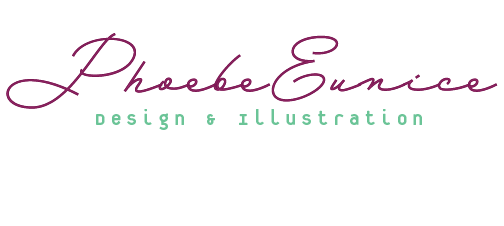Sketchbook Assignments
My Art 1 course begins with an overview of the Elements and Principles of Art, and then follows a series of projects in each of the Elements. Each project is preceded by sketchbook work to warm up, explore, and understand concepts before applying them to the final project.
Below are examples of the Elements and Principles overview, followed by exercises in Line and seeing form and proportion through lettering, observational drawings of hand poses, a value sphere, and a zentangle exercise in line, pattern, and shading.







One- and Two-Point Perspective
Students were given the option to create a colored pencil drawing of an outdoor city scene or an indoor room in one- or two-point perspective.




Still Life
After studying the "Memento Mori" tradition of Still-Life Painting from 17th century Flemish Artists, students selected objects from the classroom collection, or from home and created a still-life using principles of good composition and lighting. They learned some basics of photography to take a photo of their still-life from which to create their final drawing in their choice of pencil, chalk-pastel, or charcoal.




Color Wheels
Students chose a decorative motif, or a theme to compose a linear design for a color wheel. They learned radial symmetry by recreating the design on 12 segments of a circle using charcoal paper transfer. They then learned color mixing by painting the pure hue for each position on the color wheel, as well as mixing 3 tints, 3 shades, and 3 tones of each color to include in their design.





Portraits
As a step towards understanding value in color painting, the students painted monochromatic portraits including a value scale of at least 6 values.



Animals
The students chose from fur, feathers, or scales and created paintings in order to learn about texture and composition.









Landscapes
Students learned atmospheric perspective through Landscape painting.


Master Copies
Master copies are a time-honored way of learning and deepening one's ability and style in Art. Students chose paintings by Master Artists to copy, which enabled them to get behind the eyes of a truly great artist and learn to see and execute as closely as possible what the artist was doing.







